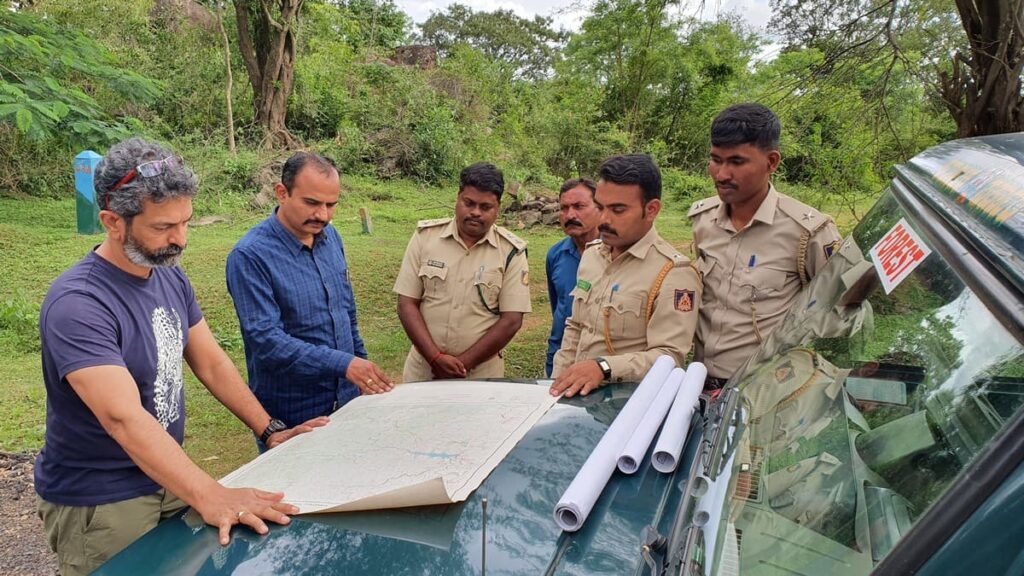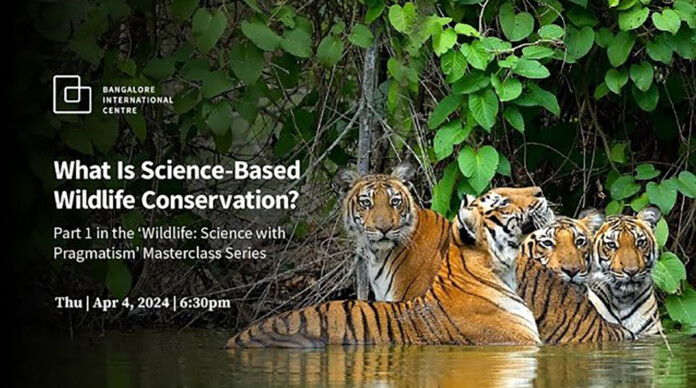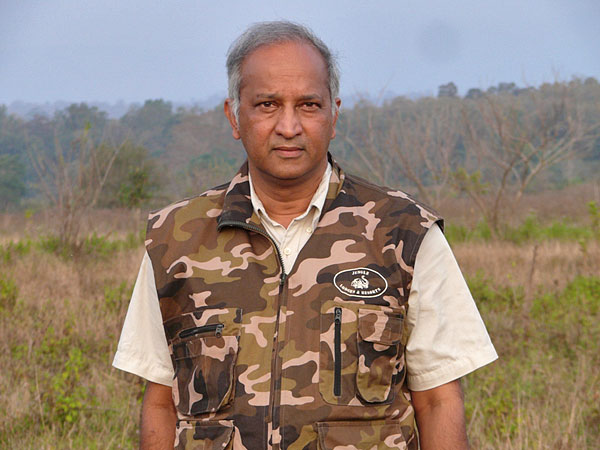At some point in school, we have wondered what the real-life application of certain scientific theories or mathematical formulae would be. Well, the open secret is that science is everywhere – healthcare, automotives, telecommunications, agriculture, manufacturing, and others. Innovations and advances in these fields were made possible through two factors: curiosity and replicable scientific methodologies.
Despite its consistency as a reliable means to an answer, science is sparingly used in a field where its application is crucial to better our lives and those we share our planet with – wildlife conservation. At the outset, science in wildlife conservation can seem like a dry subject, garnering the interest of a handful but for the patient consumer of information, science holds the potential to turn apathy into concern and perhaps to action.
‘What is Science-based Wildlife Conservation’ is the first session of a three-part Masterclass series called ‘Wildlife: Science with Pragmatism’ presented by Dr Ullas Karanth, Emeritus Director, Centre for Wildlife Studies at Bangalore International Centre recently.
The first part of his talk covers a brief lesson on wildlife science, some definitions of wildlife conservation and how it borrows from various disciplines like statistics, computer science, and biogeography. Interdisciplinary approaches help researchers draw from diverse expertise to address complex conservation challenges.
Why do we need science in wildlife conservation? The short answer is that it provides reliable data for monitoring the success or failure of conservation projects. This is crucial information to understand the efficiency of actions taken to cope with biodiversity loss and land-use change. A better grasp of wildlife population numbers along with habitat connectivity, multi-species interactions, prey populations, and many other crucial details can drive stronger conservation action on the ground. However, the reality is different.
On significant wildlife projects in India, like Project Tiger and more recently the Cheetah reintroduction project, official data on survival rates, fecundity (number of young produced per female per unit of time), prey numbers etc., are unsubstantiated. This is reason for caution because these claims mostly go unchallenged as it is not widely understood. Sadly, the onus of cultivating informed perspectives lies on scientists who have thorny challenges with the establishment and no clear pathways to disseminate data in a way that is understood by all.
Talk and Tokenism
With these glaring gaps in the field of conservation due to the absence of science, Dr Karanth sets the stage for the panel discussion with Dr N. Samba Kumar, Senior Affiliate Scientist, Centre for Wildlife Studies, and Dr Arjun M Gopalaswamy, Quantitative Ecologist & Chief Scientist, Carnassial Global.
The discussion focuses on the utility of science in wildlife conservation projects. Dr Arjun begins by answering a question on his species of interest – tigers. How should population estimates be done and what are the current challenges?
He says biologists want data on vital rates. Vital rates are parameters like recruitment, mortality, immigration, emigration, abundance, and occupancy. These indicate the status of wild populations at any given timeframe and facilitate course correction in the project.
As an expert on predator-prey populations, Dr Samba throws light on a few population estimation and detection probability methodologies which he believes are poorly implemented in wildlife conservation projects. Field equipment that facilitates ease of data collection and more importantly, accuracy of data are also not used when required.
Many examples of deviations from scientific methodology are also thrown into the discussion. For example, under Project Tiger, populations are only monitored once in four years when the ideal frequency is yearly. This is because we lose approximately 15% of tigers every year due to their natural mortality rate and external threats. This makes an annual census imperative to ascertain realistic population estimates.

Why do we need to understand science in wildlife conservation?
Consider the size, scale and taxpayer money involved in this project. For those tracking progress, usually conservationists and enthusiasts, project data is kept away from reach and public comment while data that is released cannot be demystified to recognize whether they were based on scientific methods to derive birth and death rates, for example.
When the Cheetah reintroduction project was launched with a roar, there were strong murmurs about the practicality of such a project from the scientific community on many factors – the quality of the landscape, spatial ecology of the species, human-wildlife interactions, prey populations, and others. In pristine cheetah habitats, the range of a single individual is 100 sq. km whereas Kuno National Park spread over 750 sq. km has about 25 cheetahs packed in like sardines. Something as basic as species biology did not go into project planning, Arjun laments.
The panellists leave us with some questions to ponder. The most important one is why we are science-averse in wildlife conservation despite using it to make great advances in other fields.
In a country where being a doctor or an engineer is still regarded as the pinnacle of prosperity, the focus has largely remained on gathering scientific talent in numbers rather than inculcating scientific temper. Understanding evidence-based information is a skill we need to cultivate en masse because it drives us to make better decisions and demand action, whether it is in the choice of vaccine or the necessity of relocating cats from another country.
In the end, it is not just about saving the planet, it is about saving ourselves. Science might be our saviour.
Watch: https://youtu.be/cu2LJDgVgcY?feature=shared












